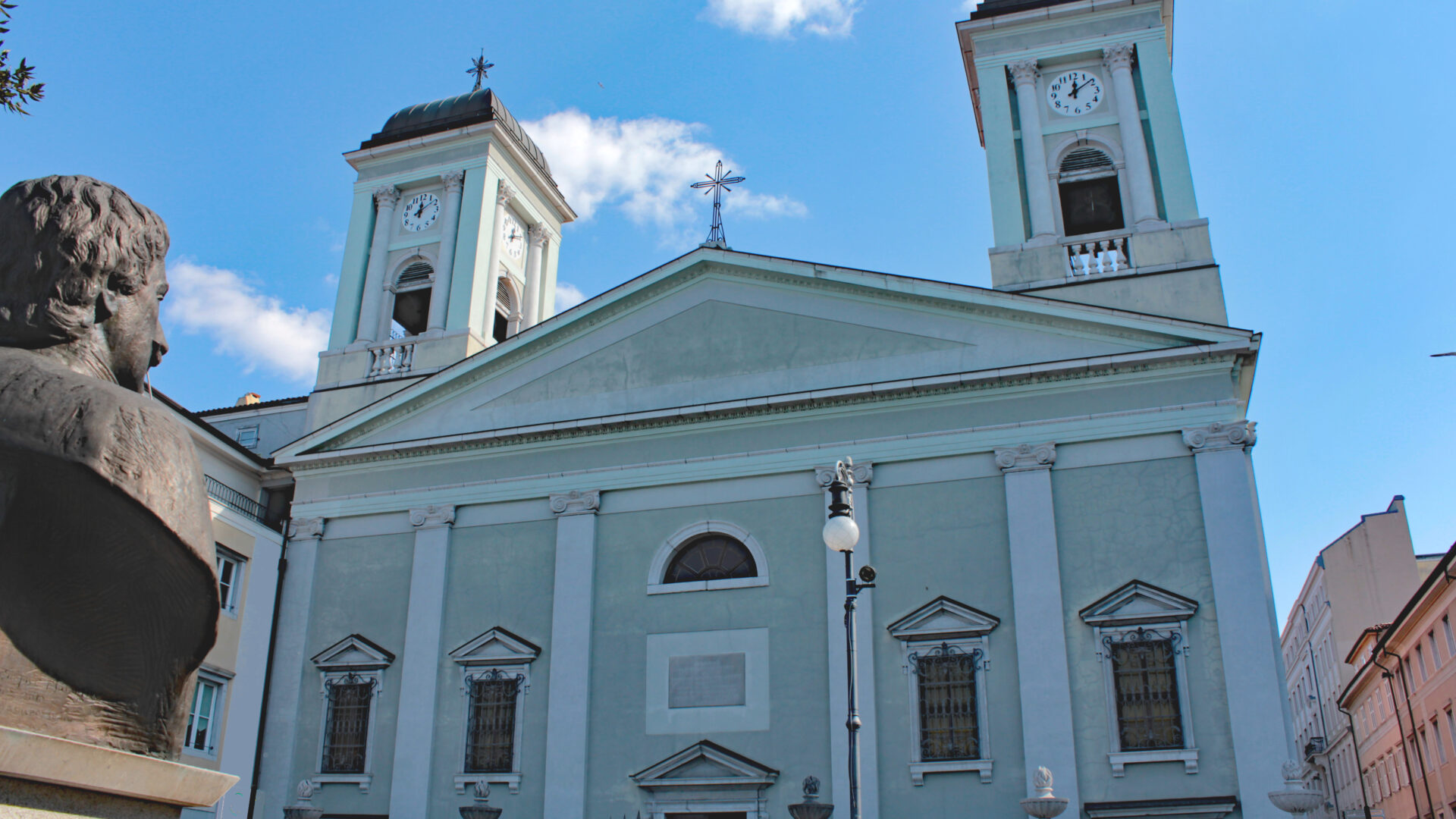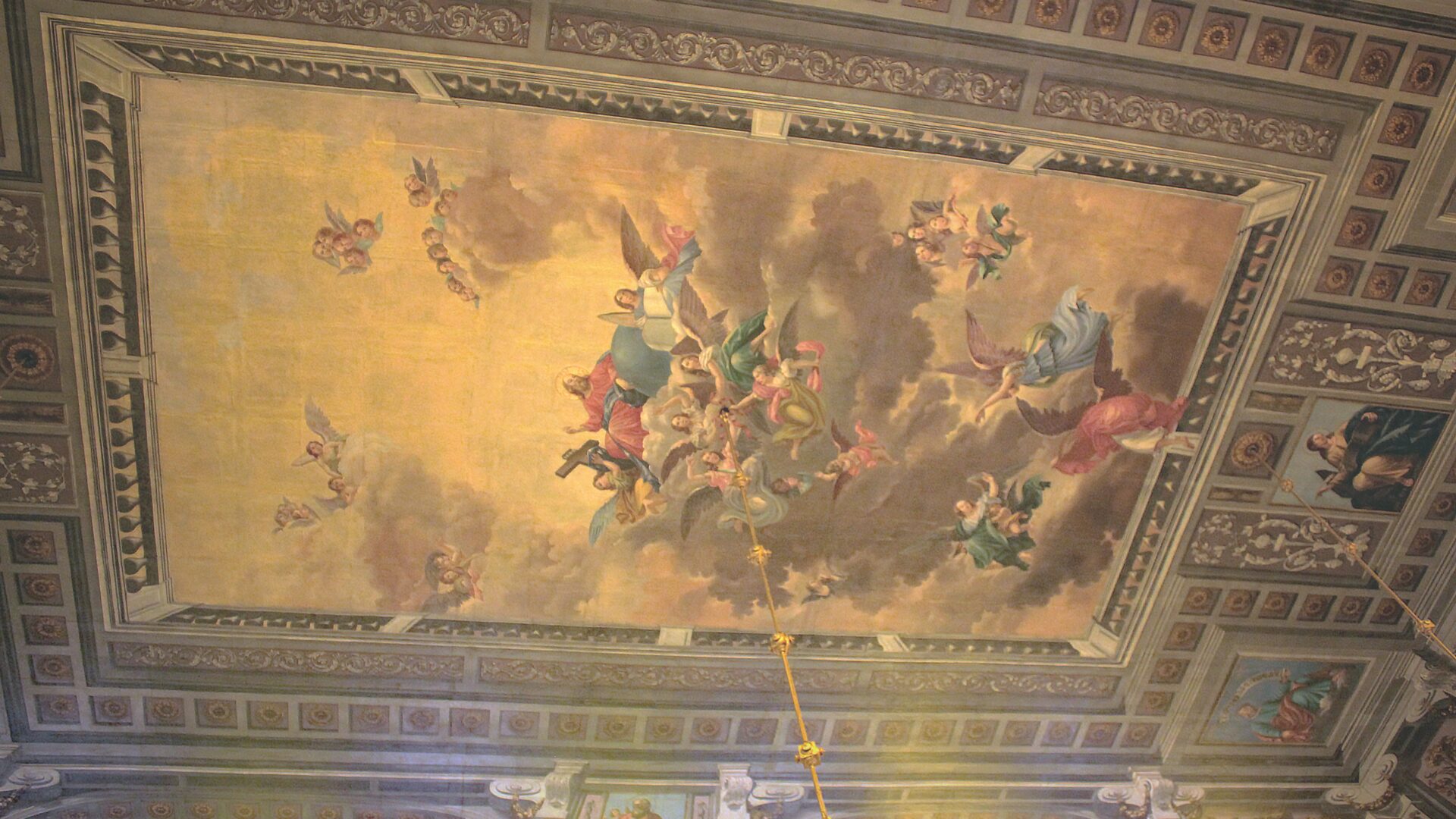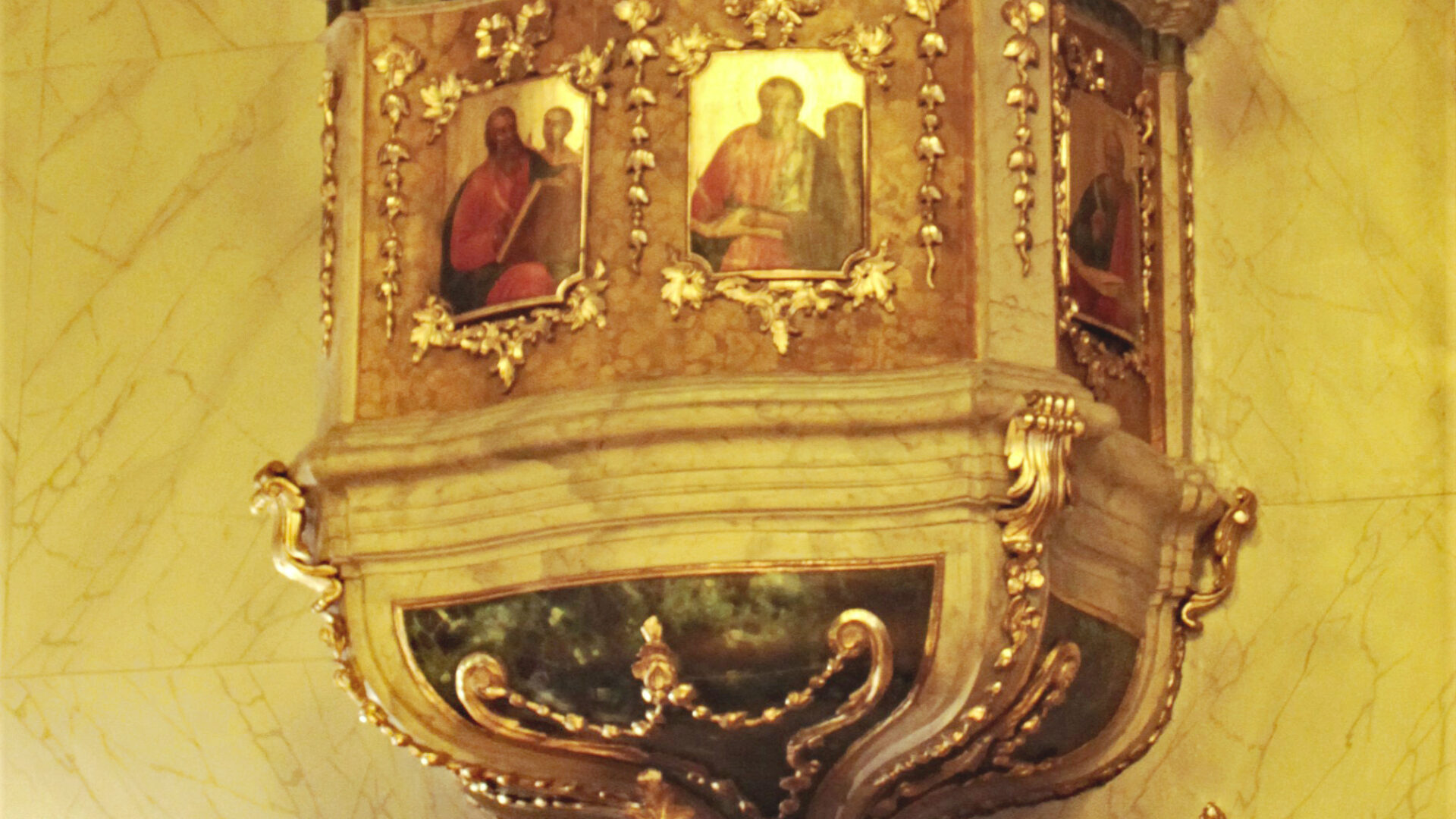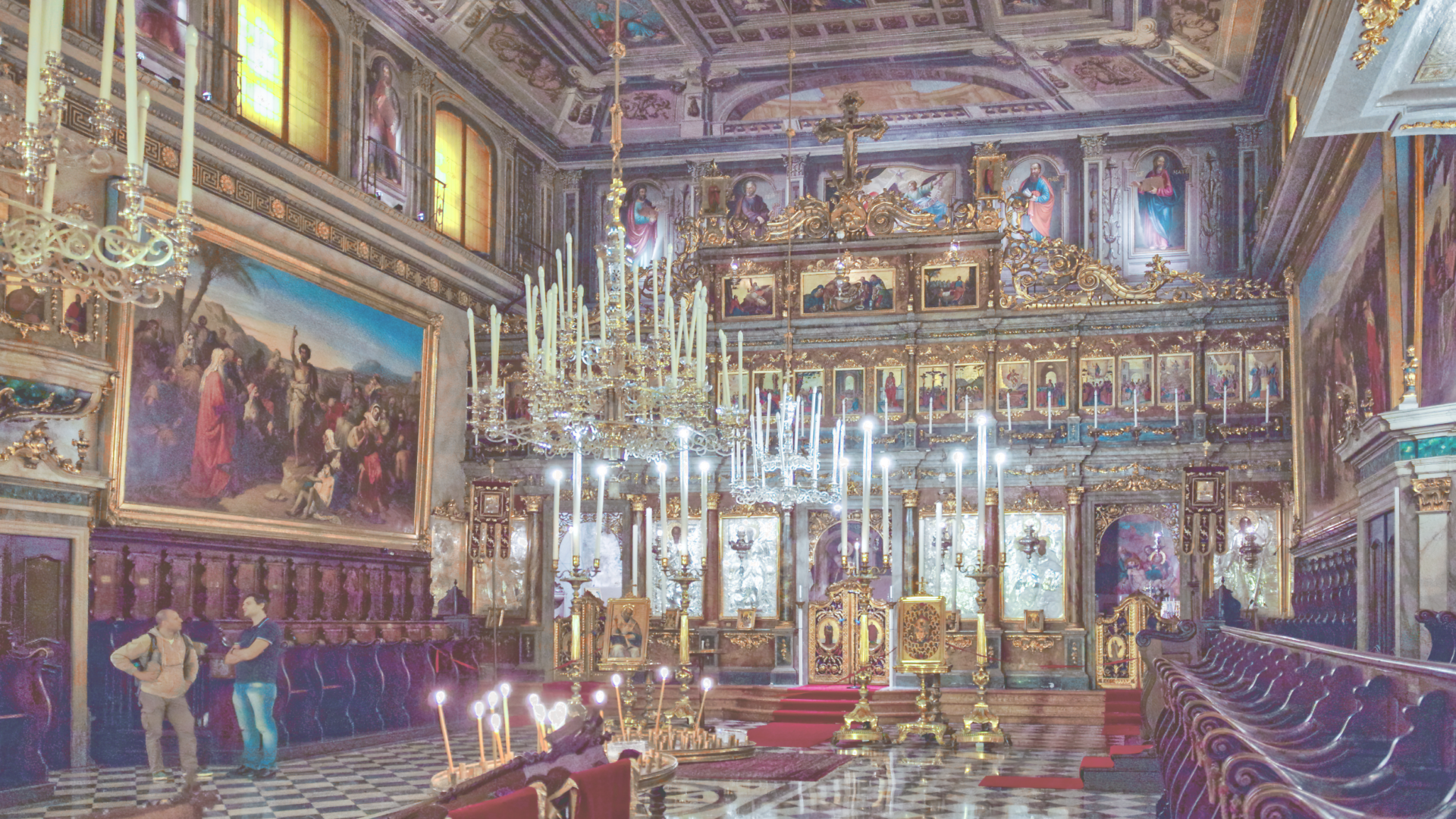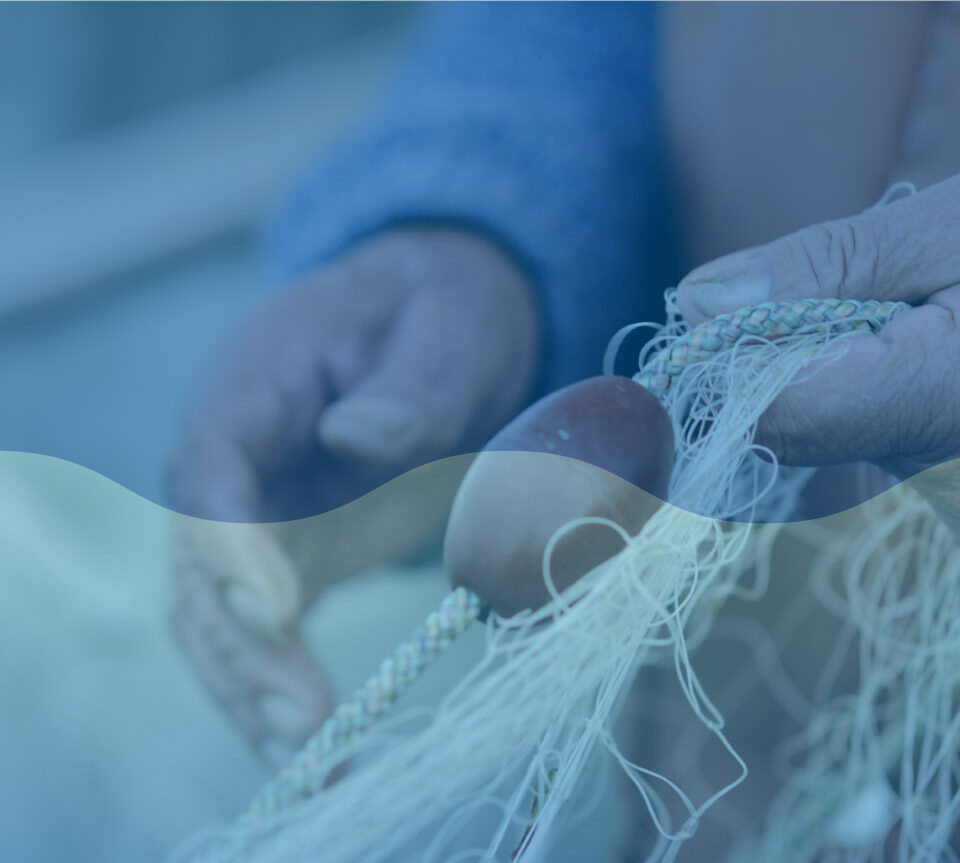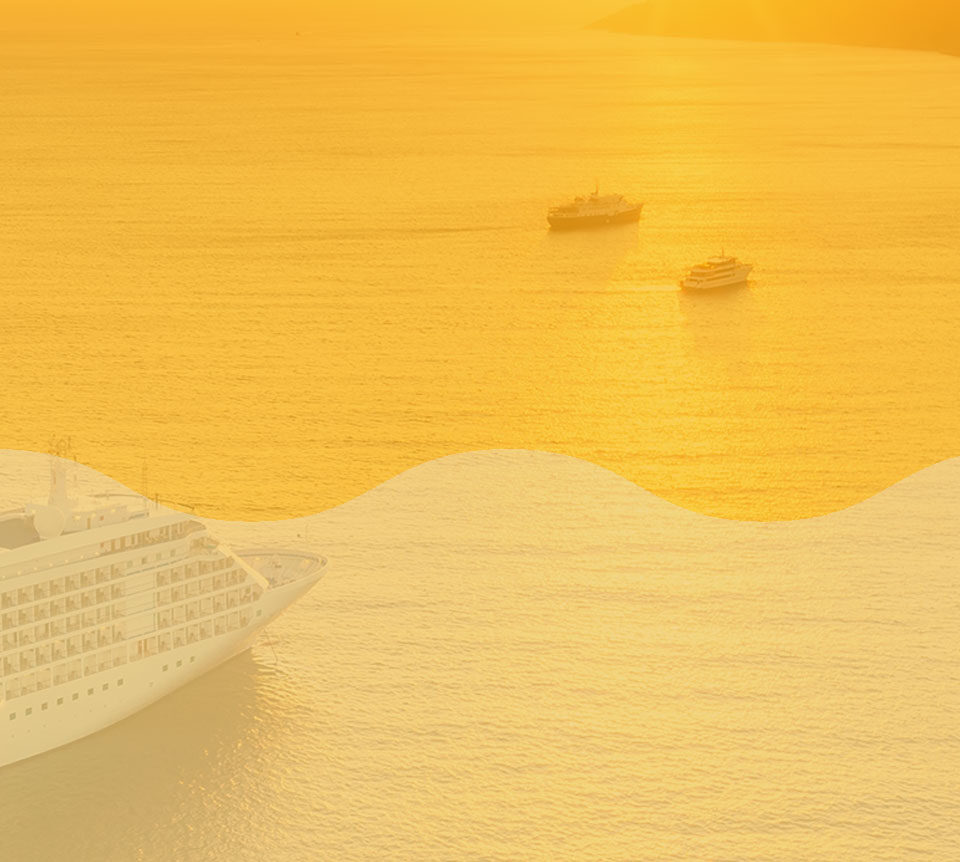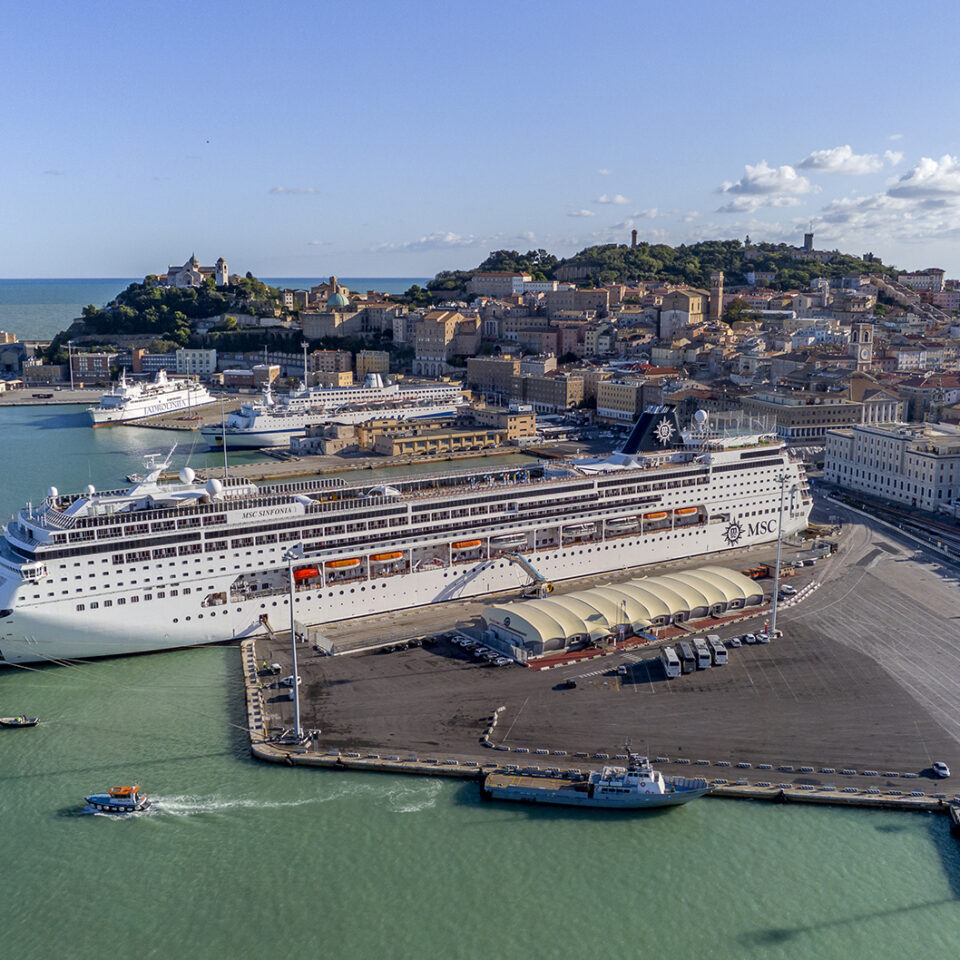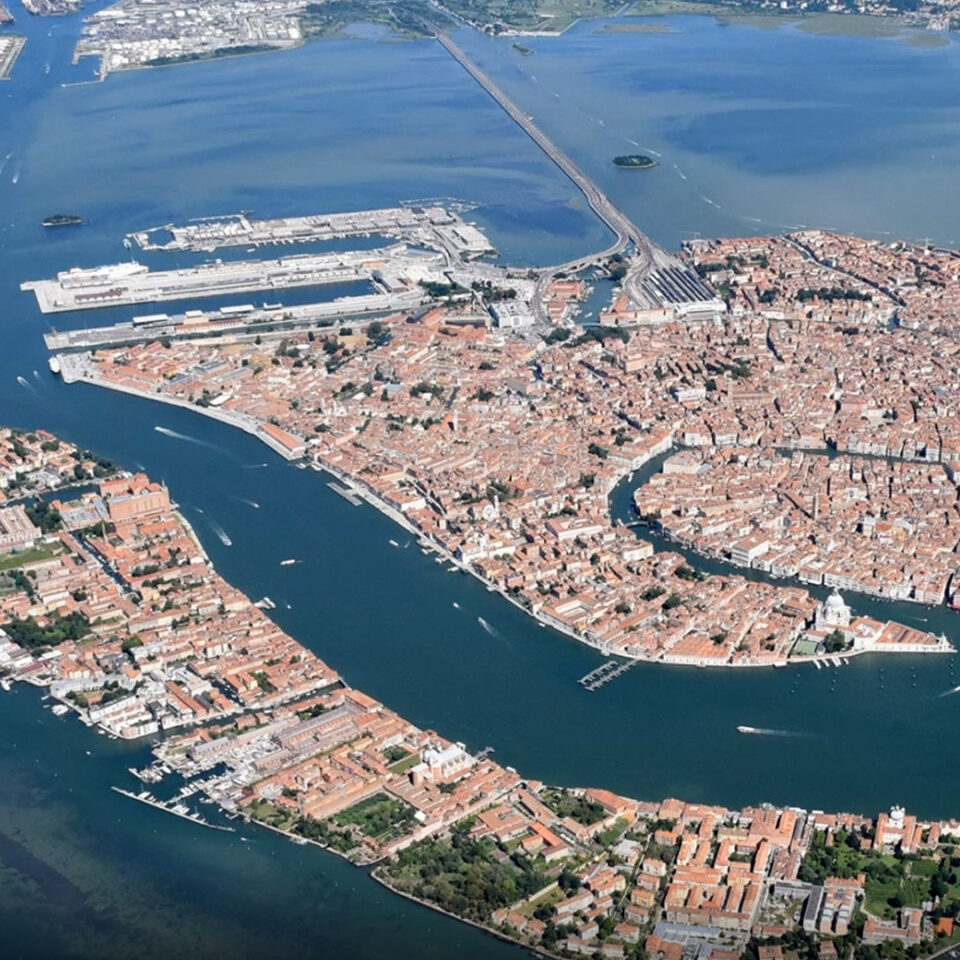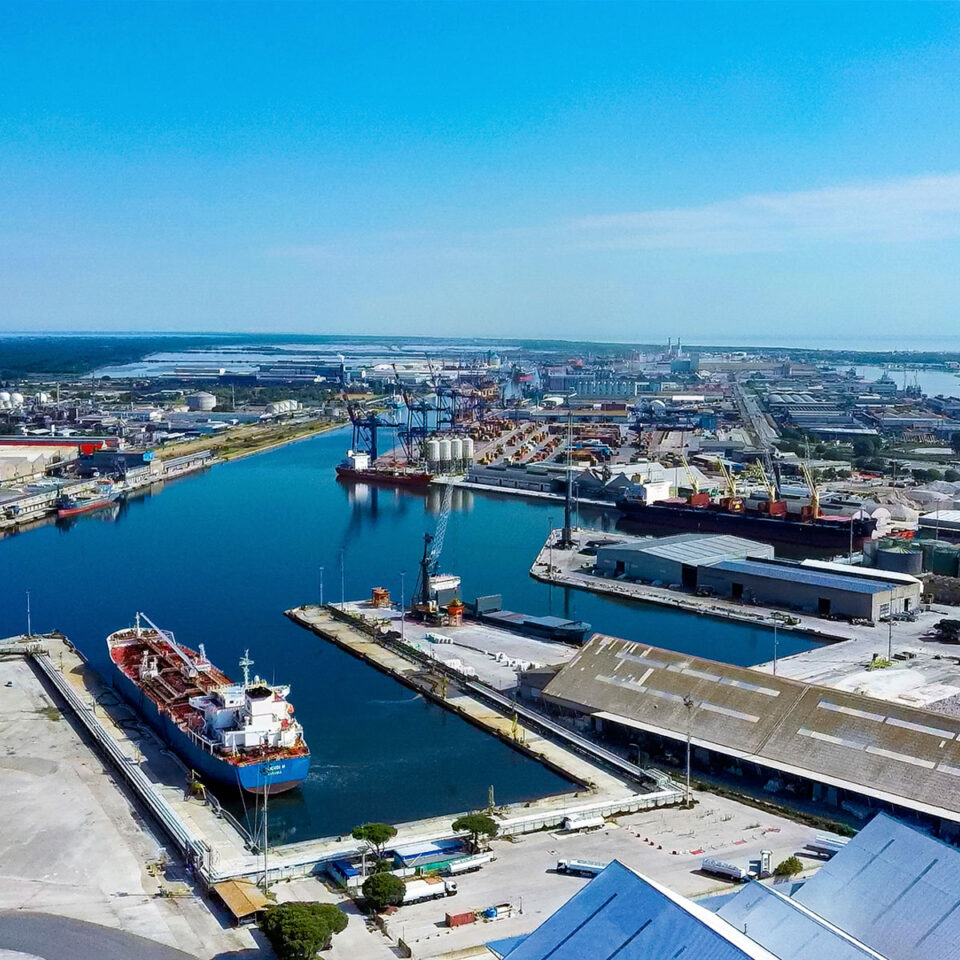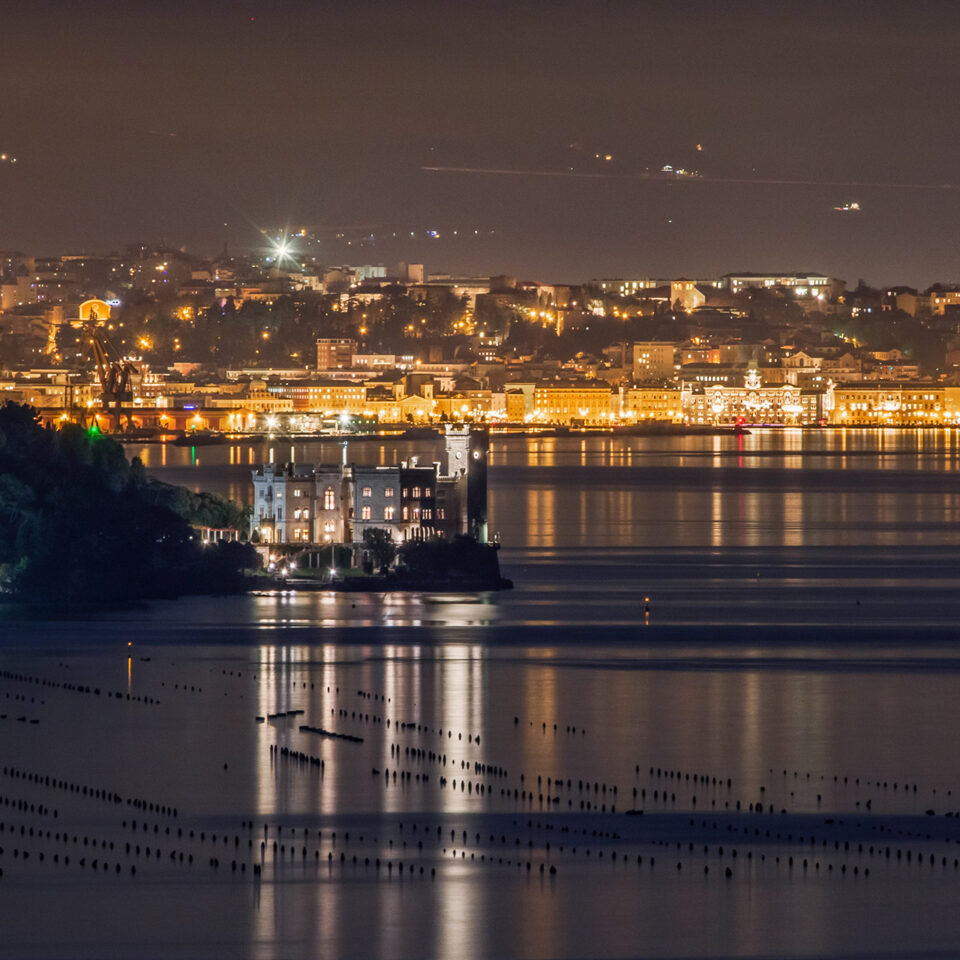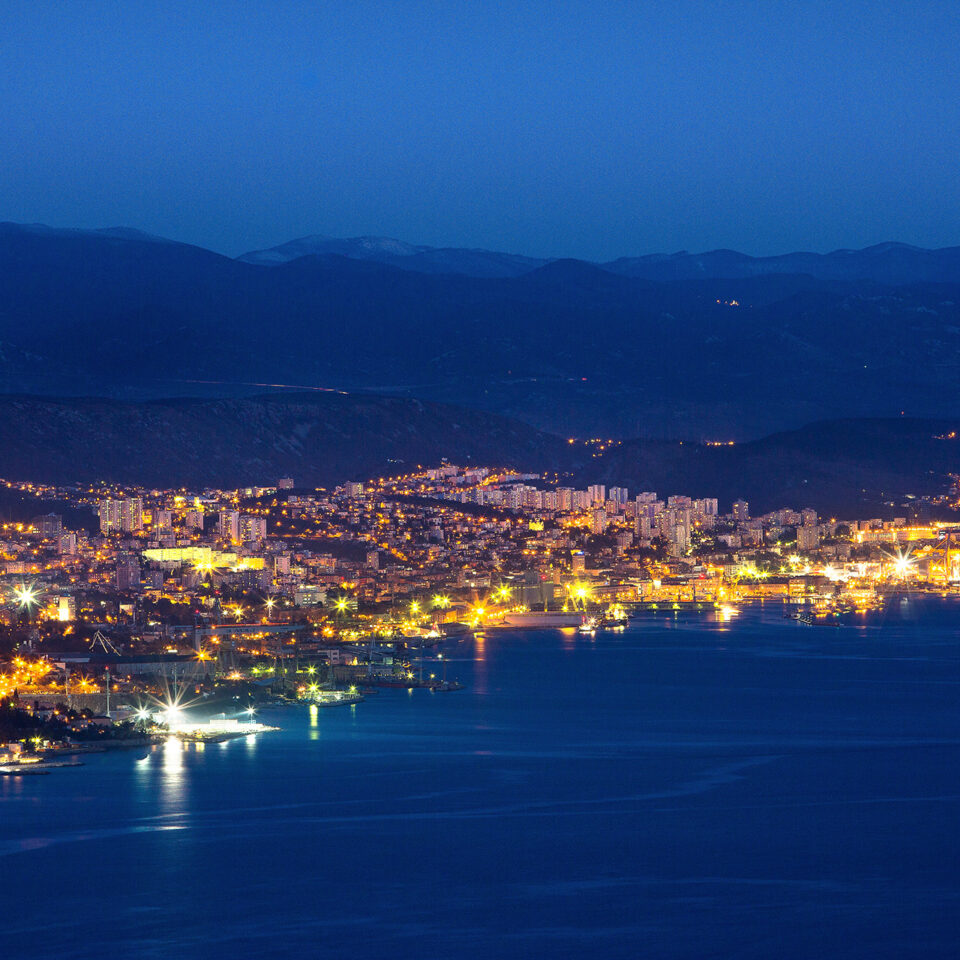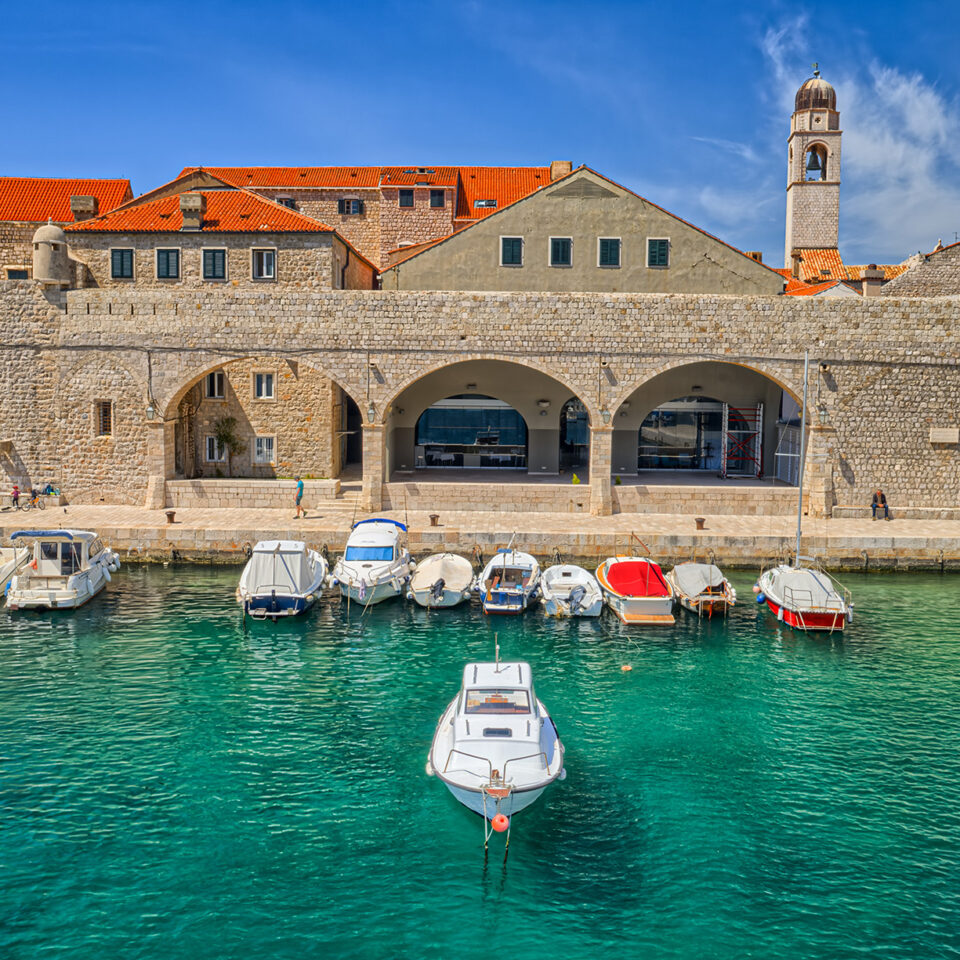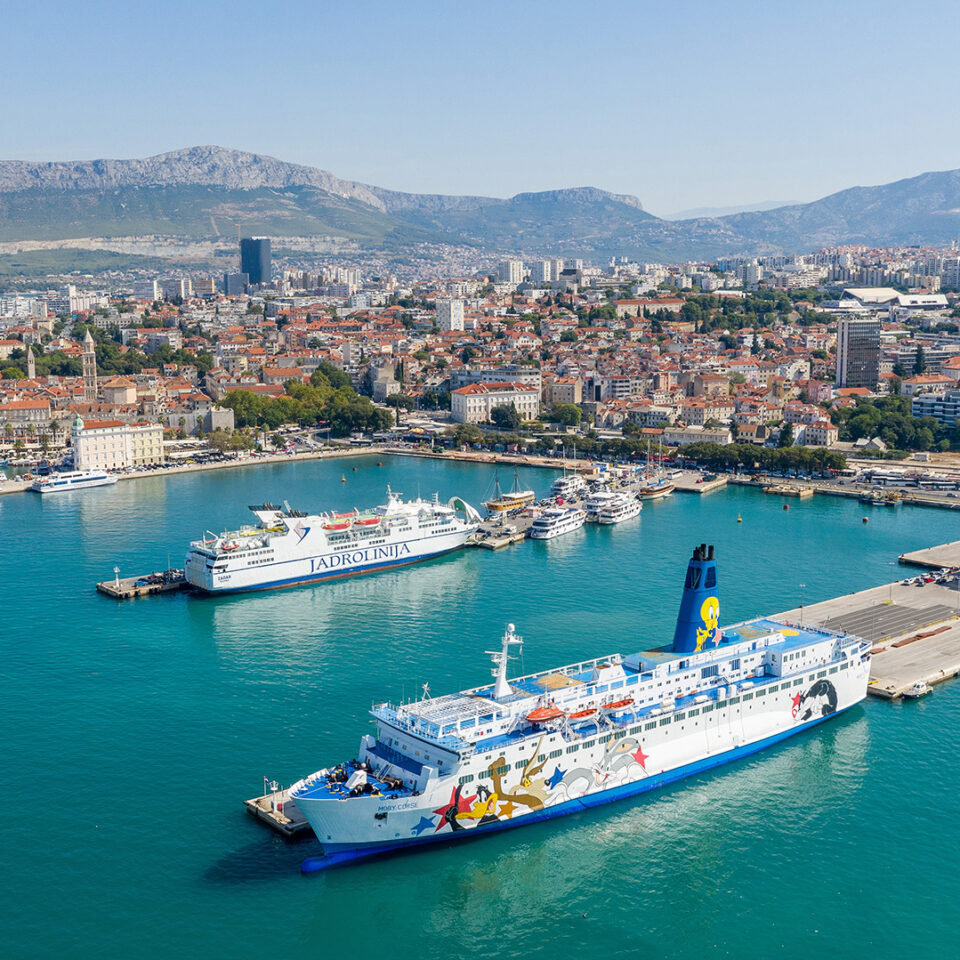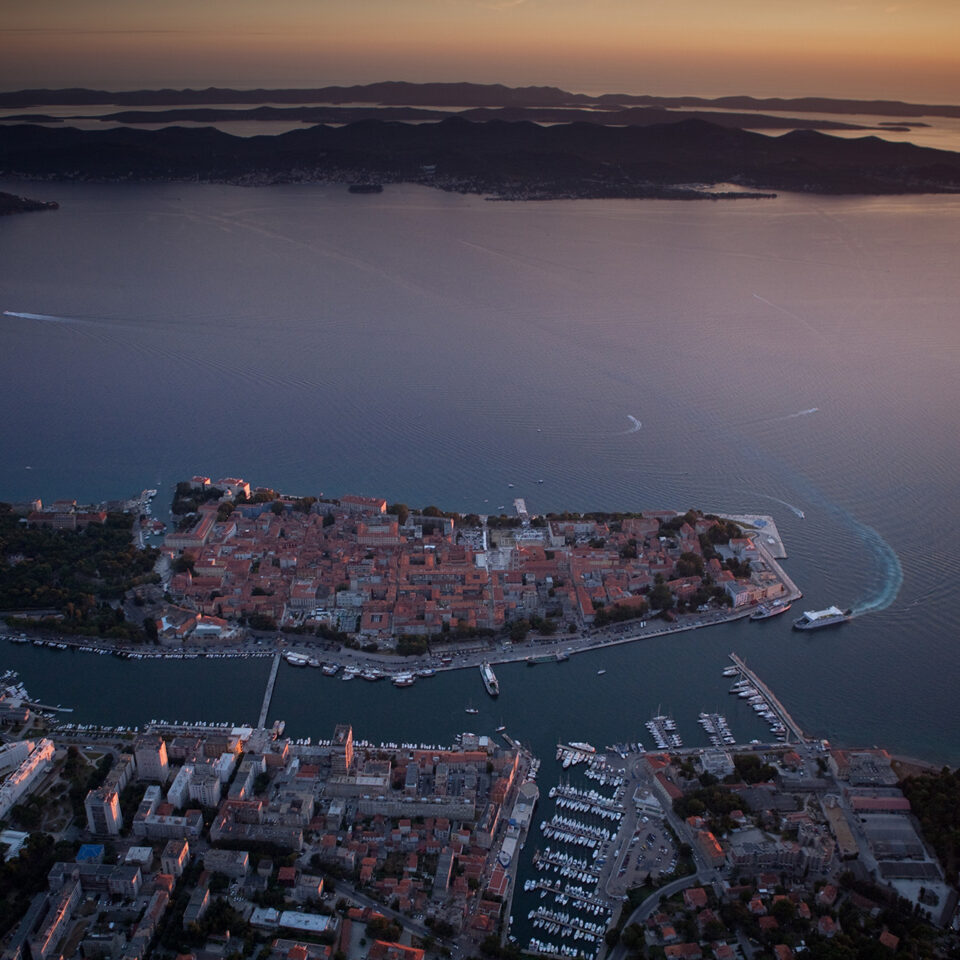

EASTERN GREEK COMMUNITY
The origins of the Greek community in Trieste date back to the first twenty years of the 1700s when the war between the Turks and the Republic of Venice was resolved with the defeat of the Ottoman troops thus liberalizing maritime trade with the Levant with the Treaty of Passorowitz of 1718. Austria favored trade flows with the East by identifying Trieste as the port destined for these routes, granted particular customs privileges and issued tolerance decrees aimed at favoring the settlement of non-Catholics in the city. Trieste became so attractive to Greek merchants that they settled more and more in the course of the 18th century. In 1751 a community composed of both Greek Orthodox and Illyrian Orthodox (today called Serbian Orthodox) was founded and in 1753 they built a church dedicated to San Spiridione on the Grand Canal of Trieste. In 1781 the Greek Orthodox decided to separate from the Illyrians and in 1782 they created the properly Greek Orthodox community, which in 1795 built its own church, completed by the neoclassical façade built by Matteo Pertsch in 1821. Inside, the sumptuous iconostasis decorated with icons of the eighteenth century stands out, on the side walls two large canvases by Cesare dall’Acqua while the ceiling is completely decorated with a canvas by Giacomo Graziosi, representing Christ in Glory from 1799.
In the nineteenth century the Eastern Greek Community increased its importance and played a fundamental role in the economic and social life of Trieste until the First World War. Today the Community maintains its role as a reference point for the Orthodox Greeks of the Adriatic north regions, dedicating itself to the preservation of its historical and artistic heritage and the dissemination of the Hellenic language, culture and traditions.

